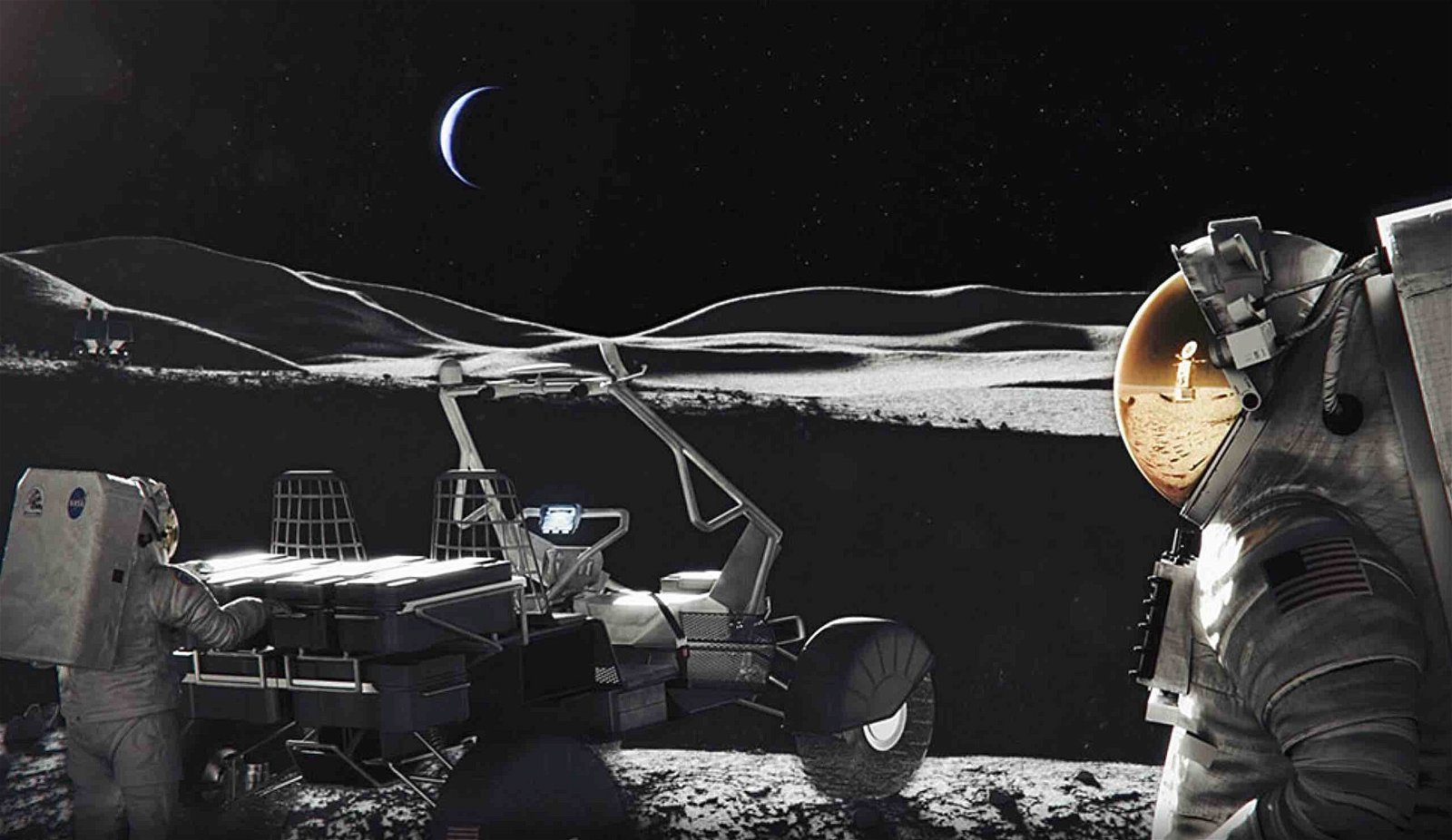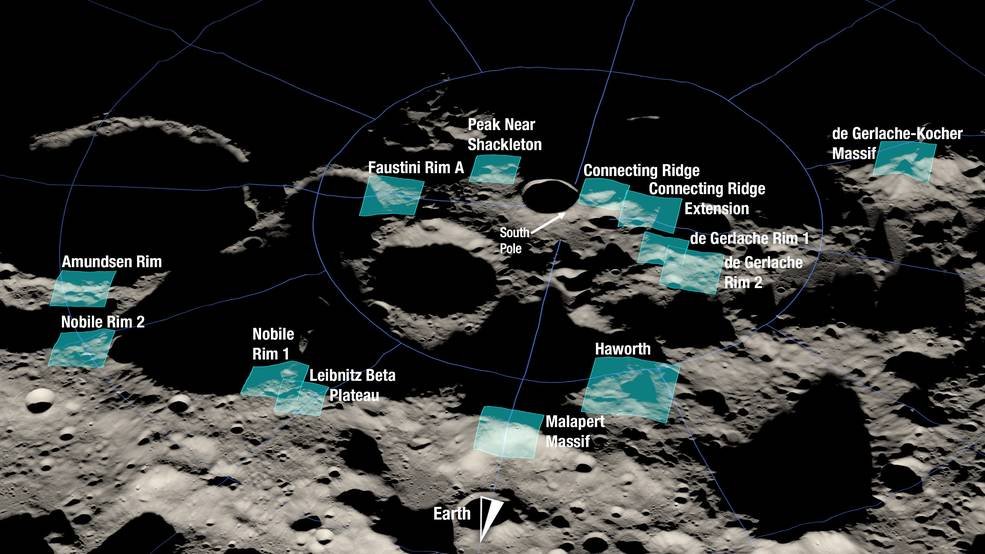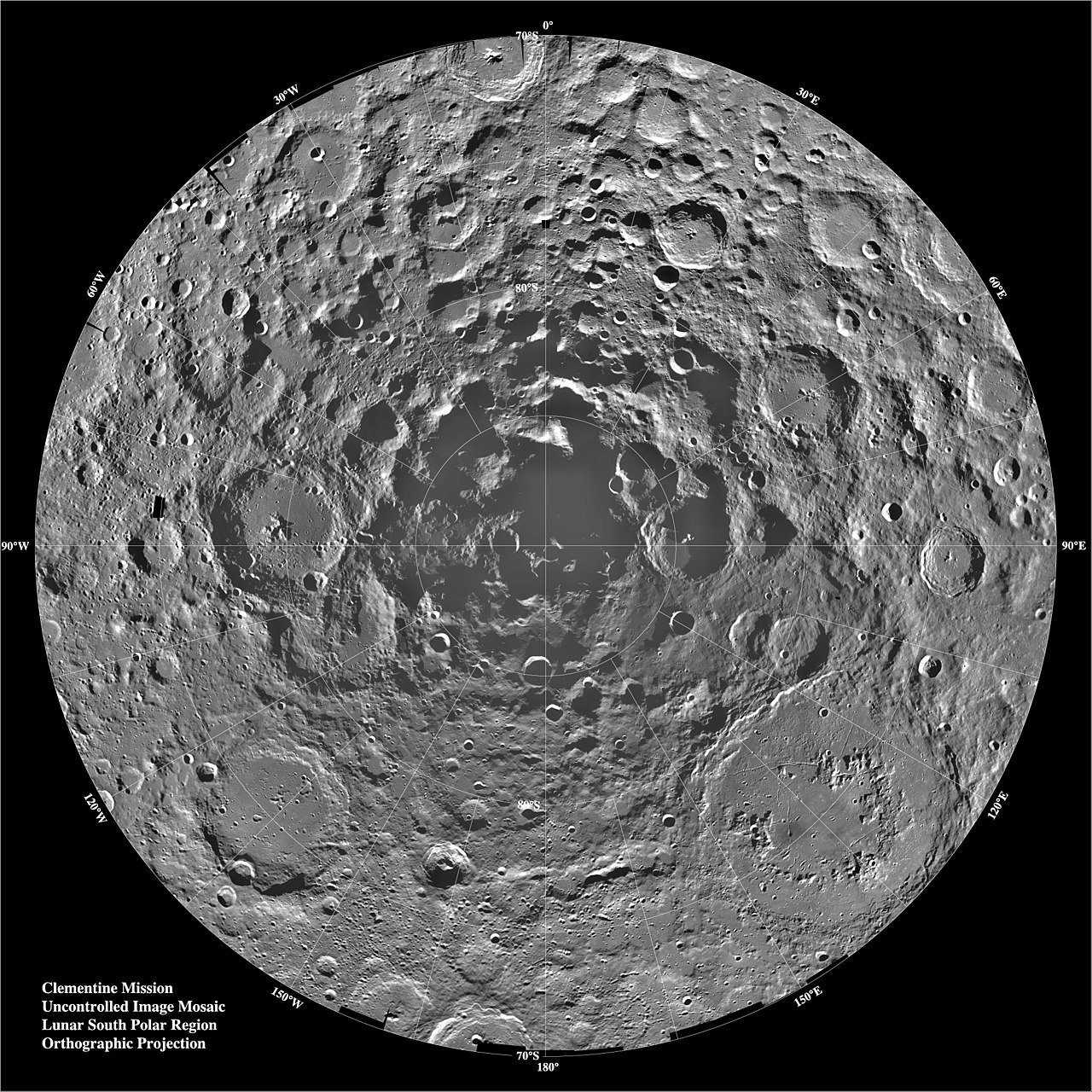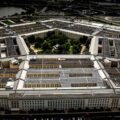

Welcome to this week’s installment of The Intelligence Brief… with its focus firmly set on the Moon and future explorations of it, in recent days we learned about several new potential landing sites on the lunar surface that NASA is eyeing for its Artemis program. This week, we’ll be taking a look at 1) what NASA has revealed in last week’s announcement, 2) the reasons it selected the more than a dozen locations it has recently announced, and 3) what studies of these areas along the lunar South Pole could help NASA achieve in the years ahead.
Quote of the Week
“We’re ready to explore the Moon again – this time with advanced technologies, modern spacecraft, and more access than ever before. We will use what we learn at the Moon, and ultimately take our next giant leap, sending astronauts to Mars.”
– Former NASA Administrator Jim Bridenstine
Before we dive into things, a few of the items we’ve been covering in recent days include the story of how astrophysicists have revealed a once-hidden ring of light in “remastered” versions of the historic first images of a black hole. Elsewhere, Texas-based Colossal Biosciences recently announced its new effort to resurrect the extinct Thylacine using innovative de-extinction technologies. Also, could one of the late physicist Stephen Hawking’s greatest conundrums–why there appears to be an ‘arrow of time’–have just been solved?
Meanwhile, in video news, be sure to check out the recent conversation Chrissy Newton had with scientist Oné Pagan, Ph.D., about animal intoxication on the latest episode of Rebelliously Curious. In fact, Rebelliously Curious was recently nominated for “Best New Podcast” by this magazine, and we invite our readership to cast their votes if you enjoy Chrissy’s fine content as much as we do. And of course, you can get caught up on all of the latest episodes and much more over on The Debrief’s official YouTube Channel.
And with that, it’s time to take a look at where NASA plans to send the next generation of astronauts that will arrive on the Moon in the years ahead, as part of the agency’s ambitious Artemis program.
NASA Announces More Than a Dozen Lunar Landing Sites
As NASA’s Artemis mission has entered its initial stages of planning and preparation in recent days, the American space agency is now turning its attention toward prospective landing locations on the lunar surface, where the mission plans to send the next generation of space explorers in the years ahead.
Last week, NASA detailed its initial selection of thirteen potential landing regions, all of which are located near the satellite’s southern pole.
“Each region contains multiple potential landing sites for Artemis III, which will be the first of the Artemis missions to bring crew to the lunar surface, including the first woman to set foot on the Moon,” read a NASA statement announcing the prospective landing sites.


According to the agency, each of the potential landing sites announced last week share a few things in common with one another: they are all located within just six degrees of latitude from the South Pole of the Moon. Additionally, each of the landing locations was selected in part for the geological richness they appear to possess.
“Together, the regions provide landing options for all potential Artemis III launch opportunities,” a NASA statement read, which added that each of the sites the space agency is considering is “tightly coupled to the timing of the launch window, so multiple regions ensure flexibility to launch throughout the year.”
Landing Locations: Where NASA Plans to Place Artemis III
Among the site locations released by NASA were Faustini Rim A, impact crater is found south of crater Amundsen, and nearly overlaps with the nearby Shoemaker crater just to the southwest of its location near the lunar south pole.
A peak location near Shackleton crater was also outlined by NASA among its thirteen candidates, as well as the rim areas of the de Gerlache, Nobile, and Amundsen craters, and several other promising locations. The complete listing of potential landing sites released by the space agency is as follows:
- Faustini Rim A
- Peak Near Shackleton
- Connecting Ridge
- Connecting Ridge Extension
- de Gerlache Rim 1
- de Gerlache Rim 2
- de Gerlache-Kocher Massif
- Haworth
- Malapert Massif
- Leibnitz Beta Plateau
- Nobile Rim 1
- Nobile Rim 2
- Amundsen Rim
Mark Kirasich, deputy associate administrator for the Artemis Campaign Development Division at NASA Headquarters, said in a statement late last week that each of the regions is in advancement of NASA’s long-held objectives of returning humans to the Moon for the first time since the end of the historic Apollo missions.
Kirasich said the Artemis missions “will be unlike any mission that’s come before as astronauts venture into dark areas previously unexplored by humans and lay the groundwork for future long-term stays.”
Preparation for the Future
Given the capabilities of the Orion shuttle and the other various components of the mission, NASA’s Artemis team carefully selected each of the new proposed landing sites to help facilitate areas that, due to the constant shadow they are kept under on account of their location along the Moon’s southernmost region, make them ideal areas for human exploration.
Once astronauts arrive on the lunar surface, they will devote time during future moonwalks to collecting of scientific samples in what NASA calls “uncompromised” areas that the space agency says will be capable of providing important information that might include clues about the location and distribution of ice, the presence of which at the Moon’s South Pole has already been confirmed by previous data.


“Lunar water ice is valuable from a scientific perspective and also as a resource,” said Jacob Bleacher, chief exploration scientist for NASA, in a recent statement. Bleacher adds that, “from it we can extract oxygen and hydrogen for life support systems and fuel.”
In the days ahead, the Artemis team is expected to weigh the benefits of each of the potential landing regions based on a variety of factors, which NASA says “will inform site selections in the future, and NASA may identify additional regions for consideration.” This, in addition to its ongoing work with commercial partners like SpaceX, whose Starship spacecraft will play an integral role in providing the human landing system (HLS) for the Artemis III mission.
“Through Artemis, NASA will land the first woman and the first person of color on the Moon,” a statement last week read, “paving the way for a long-term, sustainable lunar presence and serving as a steppingstone for future astronaut missions to Mars.”
That concludes this week’s installment of The Intelligence Brief. You can read past editions of The Intelligence Brief at our website, or if you found this installment online, don’t forget to subscribe and get future email editions from us here. Also, if you have a tip or other information you’d like to send along directly to me, you can email me at micah [@] thedebrief [dot] org, or Tweet at me @MicahHanks.


Here are the top stories we’re covering right now…
- Solving the Hard Problem of Consciousness: Physicist Nir Lahav Ph.D. on a Relativistic Theory of Consciousness
Dr. Nir Lahav explains how a relativistic approach to the hard problem of consciousness may help us unravel some of the perplexing questions we have about the brain, and other mysteries of the mind.
- The Gifts of Active Galactic Nuclei
Since metals seed life, galactic nuclei may offer these benefits if the seeds can ever blossom and become sentient civilizations.
- Radioactive Rock Accidently Found in High School Storage Room
A science teacher recently made a surprise discovery when they stumbled upon a radioactive rock, tucked away in a high school storage room.
- New Discovery about Quantum Computers Could Help Speed Up the Development of the Quantum Internet
New research looks to pave the way for a quantum computers and ultimately the development of working quantum internet.
- What Came First: the Astro-Chicken or the Cosmic Egg?
Do we live in a galactic environment that contains self-replicating von Neumann probes? The best way to find out is to look around.
- The Intel Community Looks to Improve Its Ability To Spy Objects in Space
The U.S. Intel Community wants the ability to spy objects smaller than 10cm, traveling 22,500 mph, in space.
- Advanced New Wind Sensor Could Help Drones Navigate Under Extreme Weather Conditions
Researchers at Ohio State University have developed a new wind sensor that can help improve drone navigation.
- Massive Megalithic Complex Discovered in Southern Spain
Archaeologists discover a massive megalithic complex on land initially set to become an avocado plantation in southern Spain.
